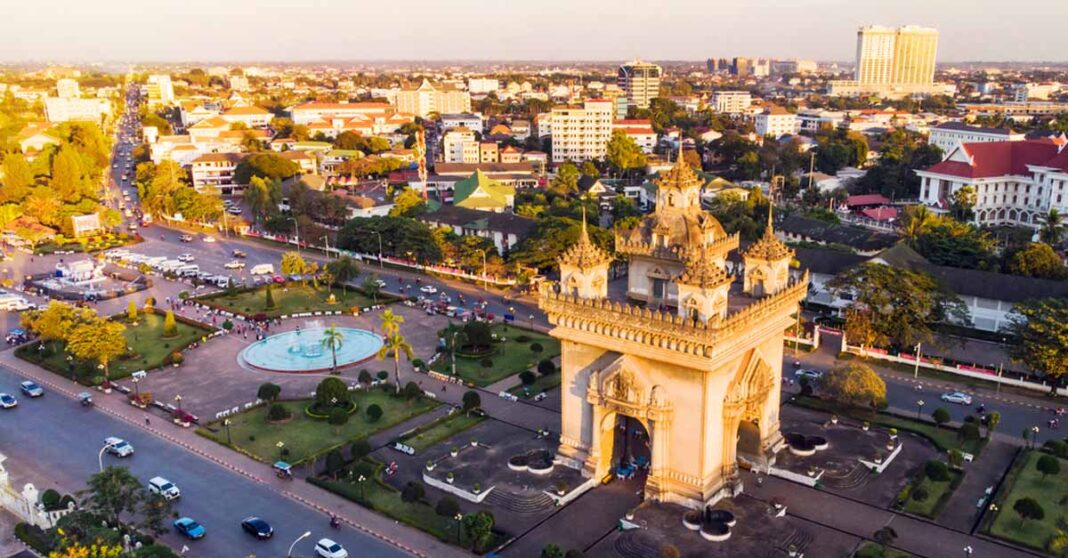While the economy is beginning to recover from the effects of Covid-19, Laos faces stiff challenges associated with long-standing macroeconomic imbalances, according to the World Bank’s latest economic update.
Increasing public debt levels and rising global prices are endangering macroeconomic stability and threatening living standards, according to the Lao PDR Economic Monitor — Restoring Macroeconomic Stability to Support Recovery.
Laos’ economy is forecast to grow by 3.8 percent in 2022, up from an estimated 2.5 percent in 2021, provided that ongoing debt renegotiations are successful and that strict Covid-19 containment measures do not return.
The country currently enjoys a trade surplus and continues to attract foreign investment.
The energy and mining sectors have been buoyant, while agricultural and manufacturing exports are supported by strong external demand and higher commodity prices. A gradual recovery is also expected in domestic services.
However, inflation reached 9.9 percent in the year to April 2022, up from under two percent last year, while long-term job losses and business closures caused by the spread of Covid-19 continue to put pressure on household incomes.
With prices rising faster than earnings, many low-income families are at risk of falling into poverty, especially in towns and cities.
“Problems caused by two years of lockdowns and restrictions for Covid-19 are now being compounded by rising prices, especially for fuel and food, partly because of the war in Ukraine and the rapid depreciation of the kip,” said World Bank Country Manager for Laos Alex Kremer.
“For Laos, because of government debt and poor revenue collection, the situation is particularly challenging. The top policy priority is, therefore, to increase public revenue by reviewing tax exemptions.”
Public debt levels have increased considerably since 2019, increasing to 88 percent of GDP in 2021, with the energy sector accounting for over 30 percent of the debt stock.
Foreign currency reserves remain low.
The report recommends restoring macroeconomic stability, chiefly by increasing both revenue collection and spending efficiency. The country also needs to strengthen debt management and transparency, to improve the stability of the financial sector through legal and regulatory tools, and to scale up targeted cash transfers to the poor.
The latest Lao Economic Monitor also looks at Laos’ gradual transformation from a land-locked to a land-linked country through infrastructure development and suggests several reforms that could reduce the risks and maximize the benefits of the large investments being made in roads, rail, and logistics parks.
These reforms include building connecting roads to ensure that farmers and businesses can access new infrastructure, making border crossings more efficient, and improving the business environment to attract investment and generate jobs.
Laos should also promote sectors where it has a comparative advantage, for example, in high value-added manufacturing goods, agricultural products, and nature-based tourism.
The World Bank publishes the Lao Economic Monitor twice a year.



